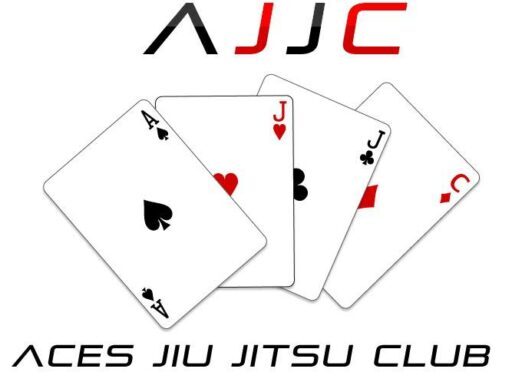You and I probably agree that Jiu Jitsu is AWESOME! But did you know that Jiu Jitsu is NOT just a cool excuse to use an “Ogoshi-To-Arm Bar” in full armor like my student and Bro David Fried-To check out his show visit here. Jiu Jitsu is also great for your health!
You’re not alone. And it turns out, hating to do that kind of exercise might actually have been your body’s way of telling you it’s an awful, awful idea.
Prolonged bouts of cardio are actually really stressful on your body. Pheidippides is perhaps its most famous victim, some 2,500 years ago, when he ran 26.2 miles from Marathon to Athens to deliver news of a military victory against Persia, and then dropped dead of sudden cardiac arrest. But he’s by no means the last to fall prey to too much cardio. There are plenty of articles about the cardiac dangers of excessive exercise, and now we’re finding evidence that it’s stressful on your body in other ways, too, increasing inflammation, cortisol, free radical production, and more.
Not only that, but it turns out extended cardio is actually less effective than other forms of exercise at improving your health. Interval training (short, high intensity bursts of activity with rests in between) is just as effective at improving aerobic capacity, with the added bonus improving strength, growth hormone production, insulin sensitivity, and more. In the last decade or two, more and more endurance athletes have started adding intervals into their training programs. If they’re smart, they make it the bulk of their program.
A recent Scandinavian study tested what they called 10-20-30, where they took a group of recreational runners and had them change their workout to the following:
- Run at moderate pace for 30 seconds;
- Steadily accelerate for 20 seconds;
- Sprint for 10 seconds;
- Repeat steps 1–3 four times for five total sets without stopping;
- Rest at a near standstill for 2 minutes;
- And then repeat all five steps above as desired.
After 8 weeks, the test group shaved an average of 38 seconds off their 5K time, and most had improved blood pressure and other markers of health, compared to no changes for the control group.
Sitting Down as a Measure of Health?
So how does jiu-jitsu fit into all of this?
Well, there are actually four types of fitness that your body needs:
- Cardio
- Strength
- Balance
- Flexibility
Notice that cardio is just one of them. But here’s my completely unscientific estimate of the division of labor for your typical hour-on-the-elliptical machine gym rat:

And that’s assuming they’re spending some time stretching at the end of their workout.
How about yoga?

Not so much on the cardio, but it hits two of the others pretty evenly. Now you know why yoga has such a powerful effect on health, even though it has almost no cardio to it.
But let’s think about jiu-jitsu for a minute:
Strength? Check.
Cardio? Of course.
Balance? Were you paying attention when your base got more reliable? How about when your takedown defense improved? Ever notice how, the more you practice those forward and backward rolls at the beginning of class, the less dizzy they make you?
And lastly, flexibility: Much as I hate getting passed, there’s no doubt that when I’m getting stacked, or one knee is getting pushed to my head while the other one is pinned to the ground, I’m getting some good stretching in during that process. (And if you’re not stretching as a regular part of your training, you should be! An easy way to incorporate it is to stretch while your instructor is teaching a technique.)
Altogether, this is what your jiu-jitsu division of labor probably looks like:

As well-rounded exercise programs go, it’s not too shabby.
And Jiu Jitsu is the ultimate interval training program, too. You learn a technique (rest) and then drill it (moderate intensity); followed by more rest during the instruction and then more moderate intensity as you drill it some more.
Then when you roll, it’s all about conserving energy as much as possible, with short bursts of high intensity as you attempt to advance your position. After the roll is over, you get a short break, and then you do it again. Not unlike that 10-20-30 program described above.
My analysis isn’t the most scientific, but there’s a lot of truth to it, regardless. It’s entirely possible that BJJ is not just the best sport for self-defense, but the best for individual fitness and health as well.

Professor Mikal Abdullah is a 2nd Degree BJJ Black Belt, veteran, father, philanthropist, and founder of Aces Jiu Jitsu Club. You can find her personal Instagram account with the handle @cerebralbjj or just stop by one of our locations and get a session in!
